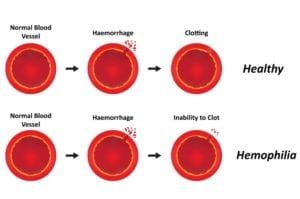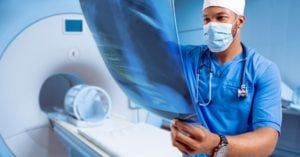The Pillar Procedure is a minimally invasive procedure designed to alleviate snoring and treat the symptoms of mild to moderate sleep apnea. During the procedure, tiny implants are placed in the soft palate to cause stiffening of the surrounding area. This, in turn, prevents muscle relaxation and tissue vibration in the throat – a primary cause of snoring and breathing obstruction during sleep.
Did you know…
the Pillar Procedure first received FDA approval for snoring in 2002? Just 2 years later, the FDA recognized the Pillar implant’s capacity for treating mild to moderate sleep apnea too. Since then, tens of thousands of people have undergone the Pillar Procedure – most with positive results. Multiple studies have been performed showing the effectiveness of the Pillar implant for treating snoring and obstructive sleep apnea. In fact, a 2006 study published in the official journal of the American Academy of Otolaryngology supported the use of Pillar implants, especially when combined with adjunctive procedures.
Frequently Asked Questions
Could I be a candidate for a Pillar implant?
The Pillar Procedure is not for everyone. Your doctor may first try to treat you with more conservative methods, such as the use of a continuous positive air pressure mask and machine. Pillar implants are not recommended for patients who suffer from severe sleep apnea or who are morbidly obese. For more information about getting Pillar implants, contact our office to schedule a consultation.
What can I expect during the procedure?
The Pillar procedure is relatively simple surgical process that takes approximately a half hour or less to complete. It is performed on an outpatient basis from your doctor’s office. A topical anesthetic is applied to the soft palate, followed by a local anesthetic injection. You will lean back during the procedure while three rods less than an inch in length are implanted into the soft palate. At the conclusion of the surgery, you may be held for observation a few minutes before being released to go home.
What can I expect after the procedure?
You will likely be able to return to your normal activities and diet the same day as your procedure. Be sure to follow your doctor’s instructions for post-procedural care which may include the use of an antibiotic or antiseptic rinse for several days. Often, patients experience improvements in snoring and breathing the first night after treatment, though results vary from patient to patient. Most people continue to see improvements over several weeks or months as the soft palate tissues heal and harden around the implants.











































































































































































































































































































